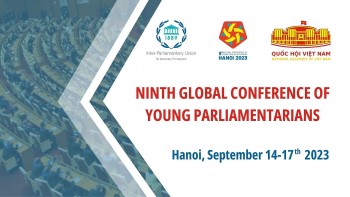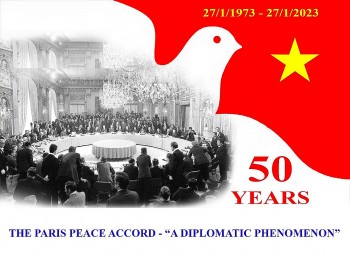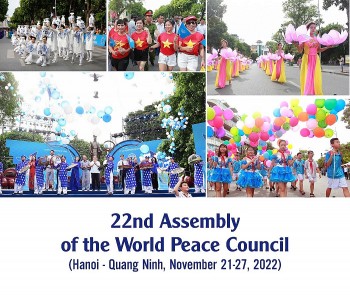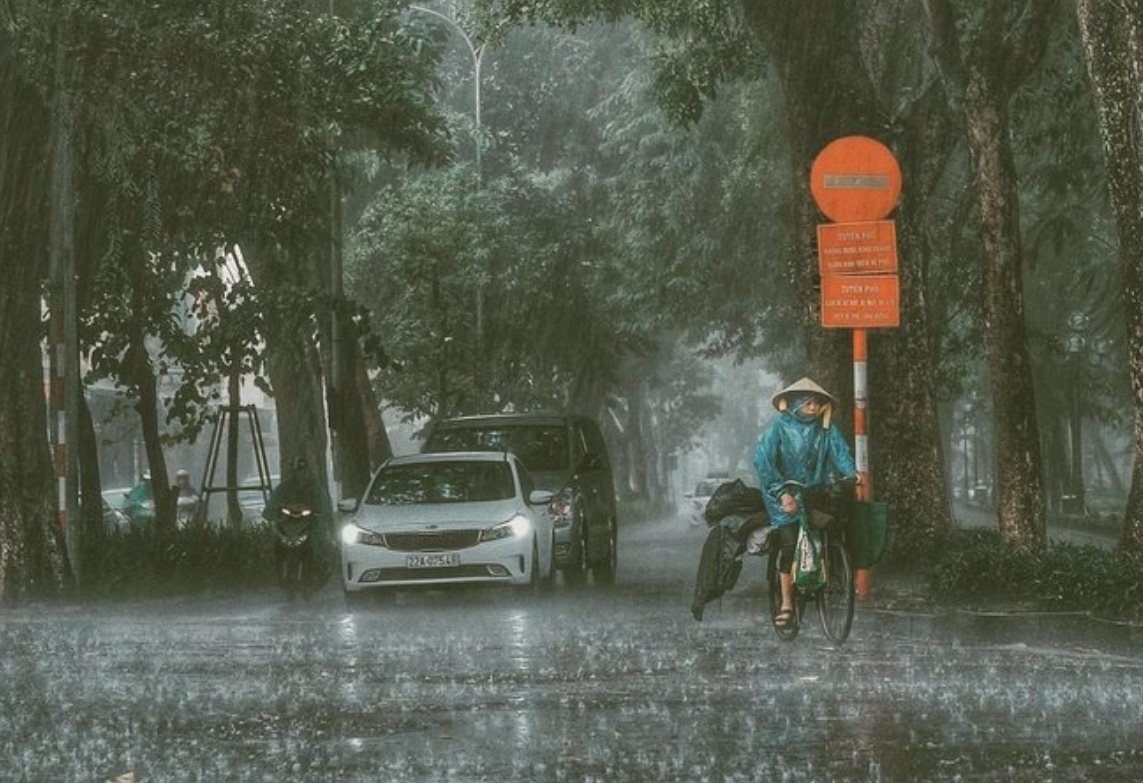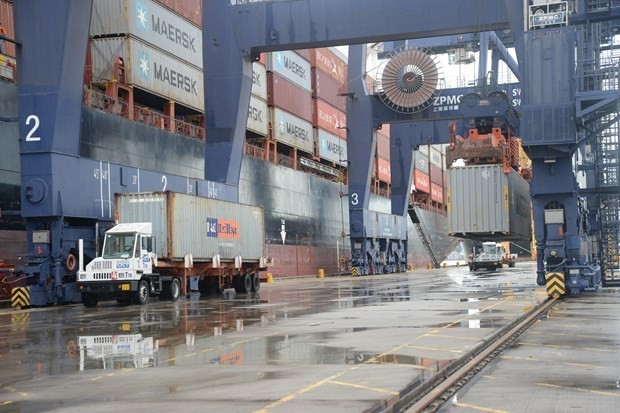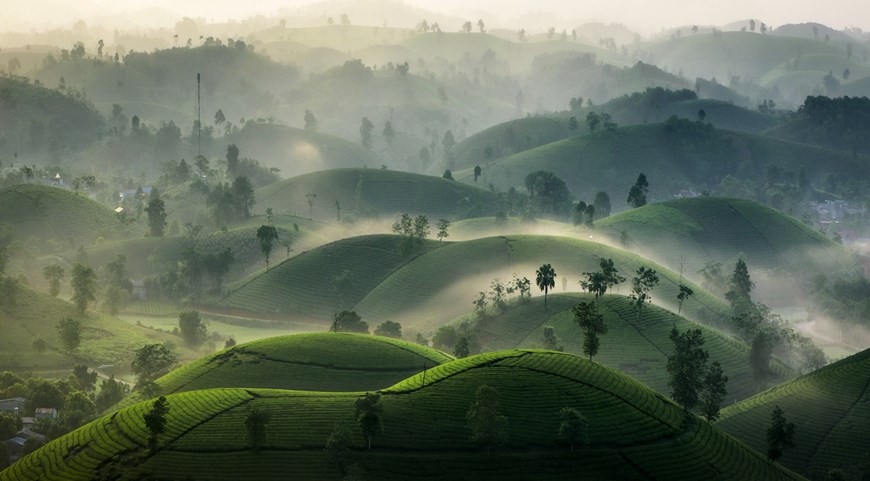Smart solutions needed for water issues
Anke Mastenbroek, Water Business Line Director at Royal HaskoningDHV (the Netherlands), tells the Vietnam Economics Times about Vietnam's water supply issues and water treatment solutions.
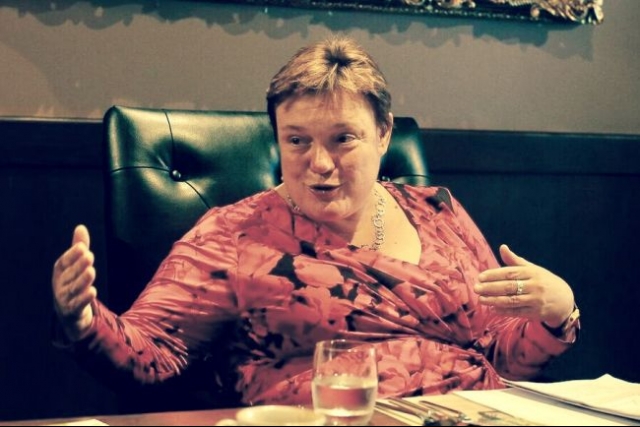 |
Anke Mastenbroek, Water Business Line Director at Royal HaskoningDHV (source: VET)
Vietnam is now short of 4.3 billion cu m of clean water every year and two sources of water for Ho Chi Minh City have been polluted, which has become a major issue. As one of the leading water consultants in Vietnam for more than 30 years, what recommendations would you make to tackle these issues?
The bad news is that you are not the only city in the world that has been using raw water from water resources with saline intrusion and pollution. The best solution is cleaning up your rivers but this is a very expensive and long-term solution.
Water pollution is a very common problem in many countries and the main polluters are human beings, but water is a treasured resource. Engineering consulting firms like ours as well as many universities and scientific institutions are constantly looking at ways to identify solutions in terms of techniques and technology. Some countries, like Singapore, are treating wastewater for drinking water. We can make a lot of water and sea water clean because we work with these technologies. Many countries and universities around the world are working together to make sure we continue having sufficient water.
I like the fact that, in Vietnam, people are aware of having to protect water resources and there are information campaigns aimed at everyone. I hope that these campaigns will increase because in terms of techniques and technology there are other water sources to use, not just rivers. But the best solution is still cleaning the rivers and making sure wastewater treatment or seawater treatment systems are used to create fresh water. It’s all technically possible.
You have mentioned “smart water” previously. Ho Chi Minh City is now conducting new initiatives to become a “smart city” and “smart water” is definitely a large part of this. What can we do to help reduce polluted water and increase capacity to supply water to the city as well as leverage smart water solutions to make it become a smart city?
What you see around the world is that many countries have huge problems in water and require major investments in the water sector’s infrastructure. However, there will never be sufficient capital to make large investments in water infrastructure.
On the other hand, information, data, artificial intelligence, machine learning, and all kinds of IT solutions are developing very quickly. These will change the water business dramatically from what has been done in the past, so we need to use them to develop water systems. For example, in Ghana, Africa, there was a major flood and a few hundred people died. Of course, everybody knows that they need to build dykes to curb the flooding. But building all the dykes needed would take ten years and a lot of money. The government therefore decided to build an early warning system immediately, which people can access on their mobile phones. This is an example of how to utilize technology to manage water better and make our lives better.
There is a problem with the availability of water for drinking. But now you can steer your water systems with artificial intelligence in a way where you can use your system far more optimally. The OPIR system is a technological solution that puts water in the system when it’s needed.
In short, building infrastructure is not enough. You have to make use of new technologies to be able to provide water to people and to be able to prevent flooding. That is “smart water”; a combination of all the technologies we have with ICT solutions.
 |
An environmental sanitation project in HCM.City launched on February 2017 by Royal HaskoningDHV (source:Royal HaskoningDHV)
Can you tell us about the second Ho Chi Minh City environmental sanitation project (HCMC-ES 2), which began early this year and in which you are the main consultant? What is your opinion on the contribution this new project will make to resolving the city’s wastewater and sanitation issues? What progress has been made to date?
Ho Chi Minh City now consumes about 2 million cu m of water each day but the existing system only treats about 200,000 cu m a day. The new waste water treatment system will have a capacity of 480,000 cu m, so we would resolve about a quarter of the problem.
The contract was signed in December last year. I think the project is a major step for Ho Chi Minh City, as in the past there was almost no treatment plant dealing with domestic wastewater before discharge. This is a very serious issue and investment has been mobilized from the World Bank.
It is technically complex and not an easy project to execute. We are now building a pipeline to collect wastewater for a large treatment plant. The project demonstrates the city’s commitment to environmental sanitation. Of course, a big project is technically complicated but the complexity is solvable. In terms of consulting contracts, this is one of the largest for our company, with great value and importance. We have good relationships with the World Bank, donors, and the city. The project is going well./.
( VNF/VET )
Most read
Recommended
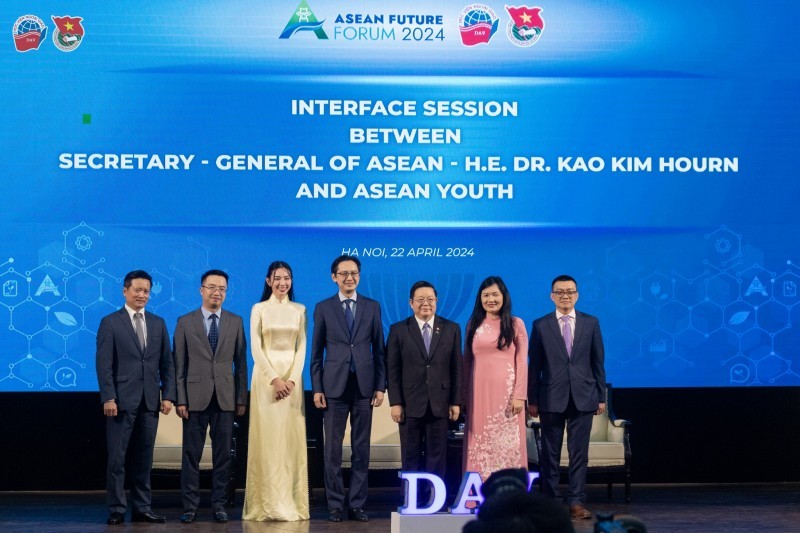 National
National
ASEAN's Robust Youth - The Key to the Region's Future Success
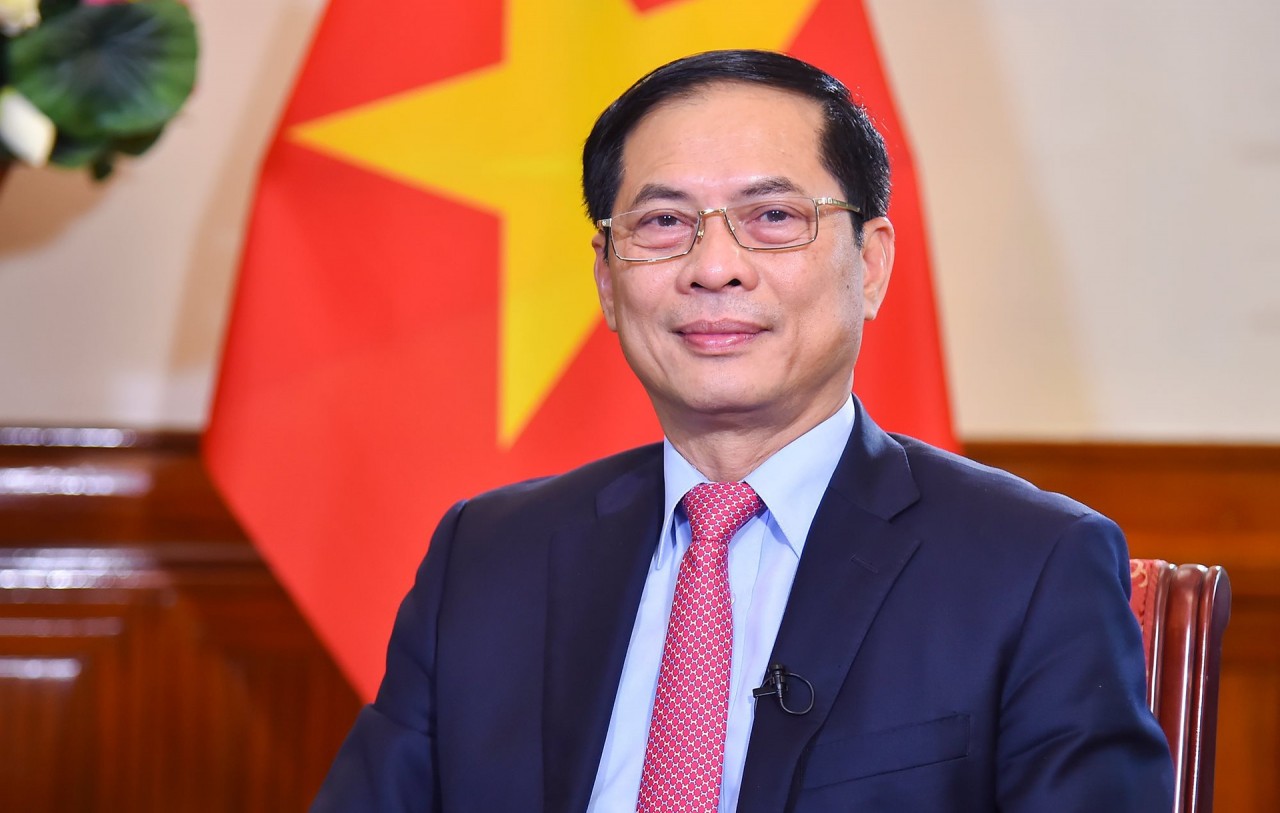 Focus
Focus
Foreign Minister Highlights Significance of Geneva Accords
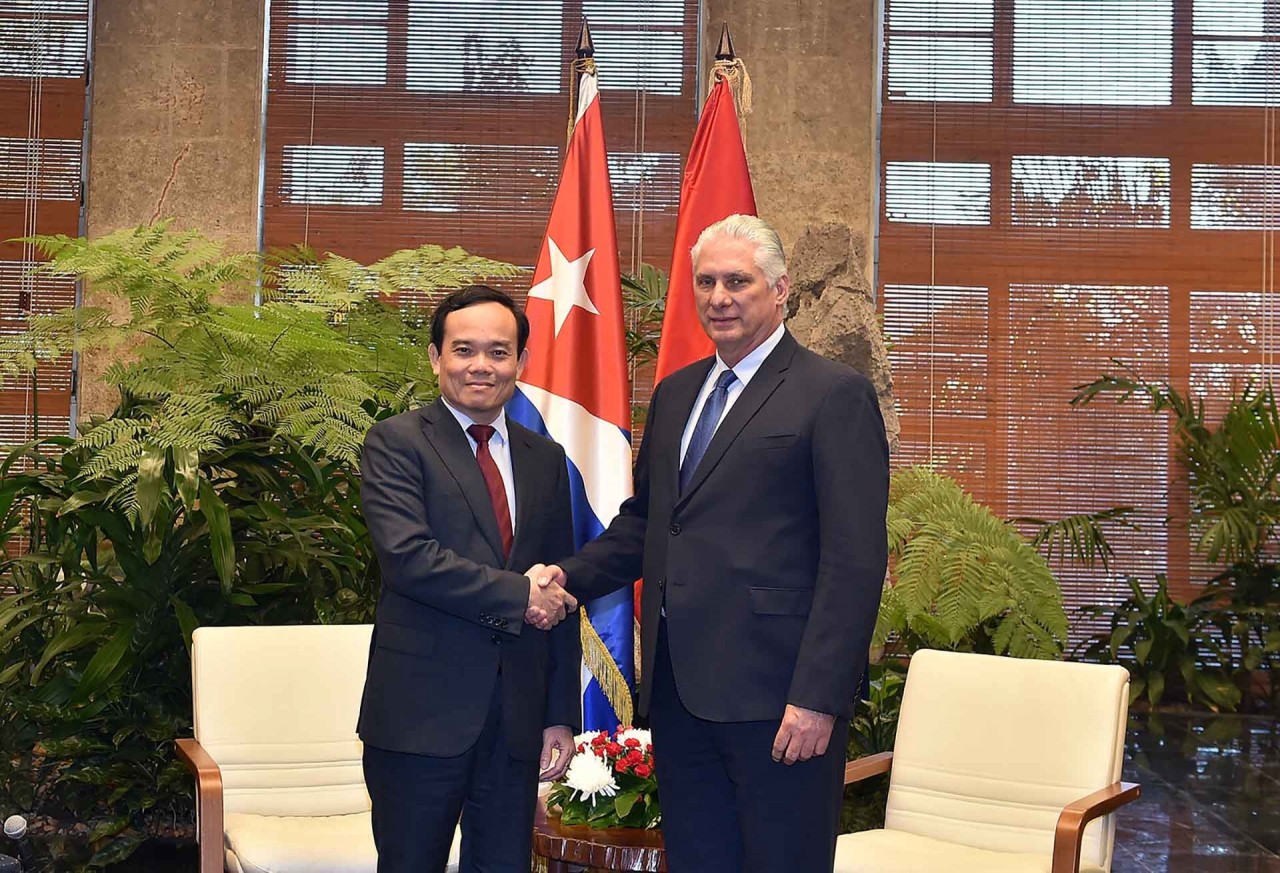 National
National
Deputy Prime Minister Tran Luu Quang's Visit to Cuba And Venezuela Deepens Relations
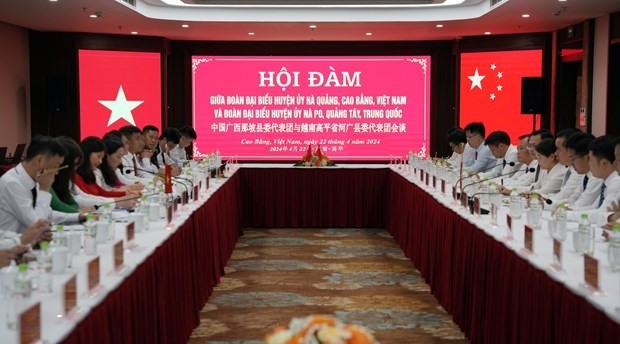 National
National
Vietnam News Today (Apr. 24): Vietnamese And Chinese Localities Seek Stronger Cooperation
Popular article
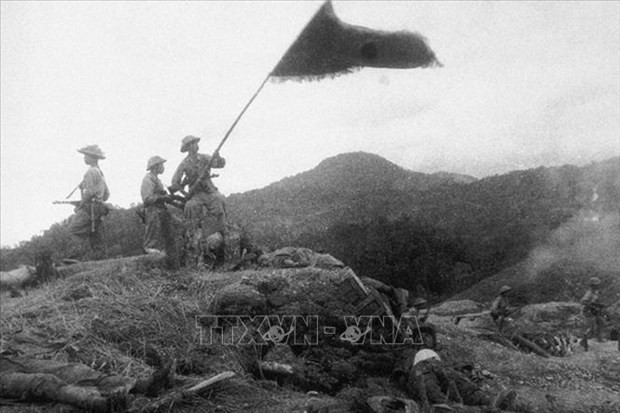 National
National
Dien Bien Phu Victory - A Proud Example of Vietnam's Military Might
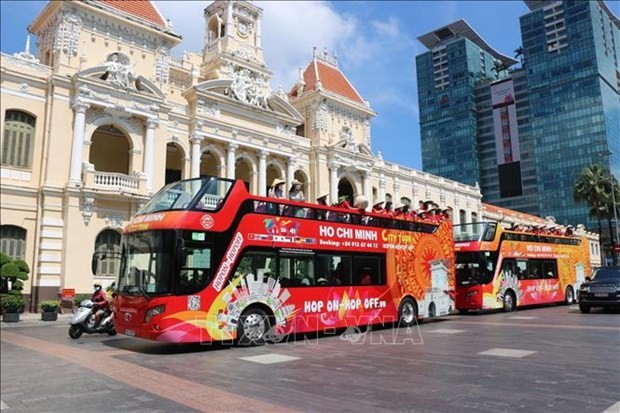 National
National
Vietnam News Today (Apr. 23): HCM City Travel Firms Gear Up For Summer Peak
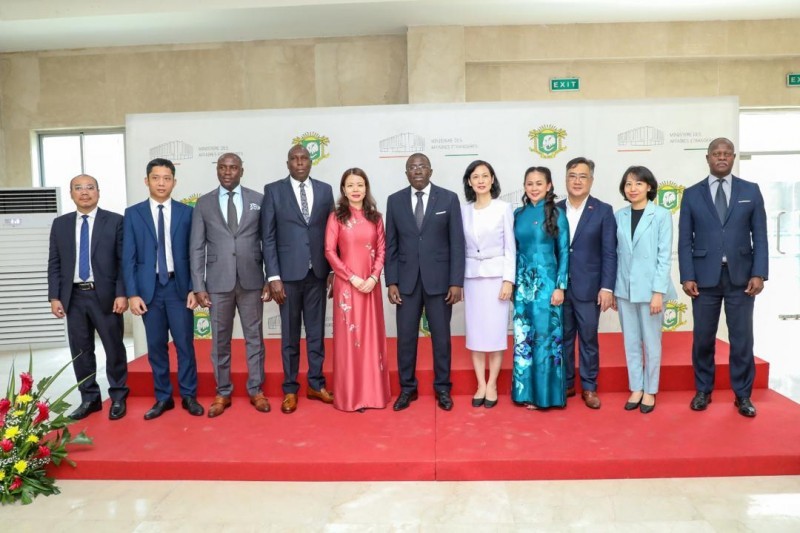 National
National
Côte d'Ivoire and Vietnam to Enhance Bilateral Relations
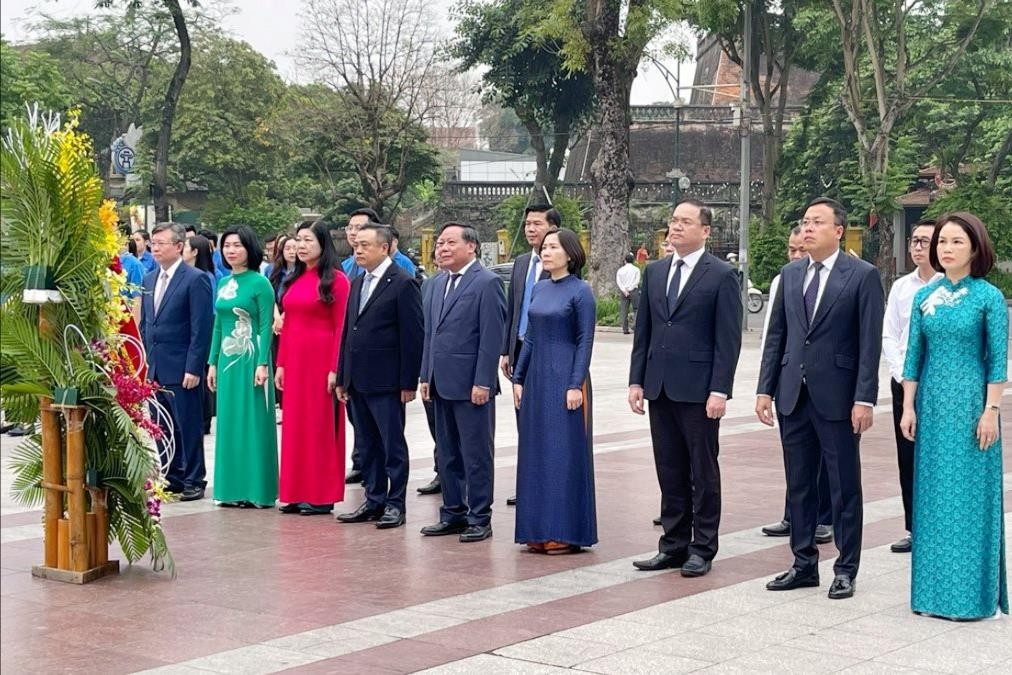 National
National

